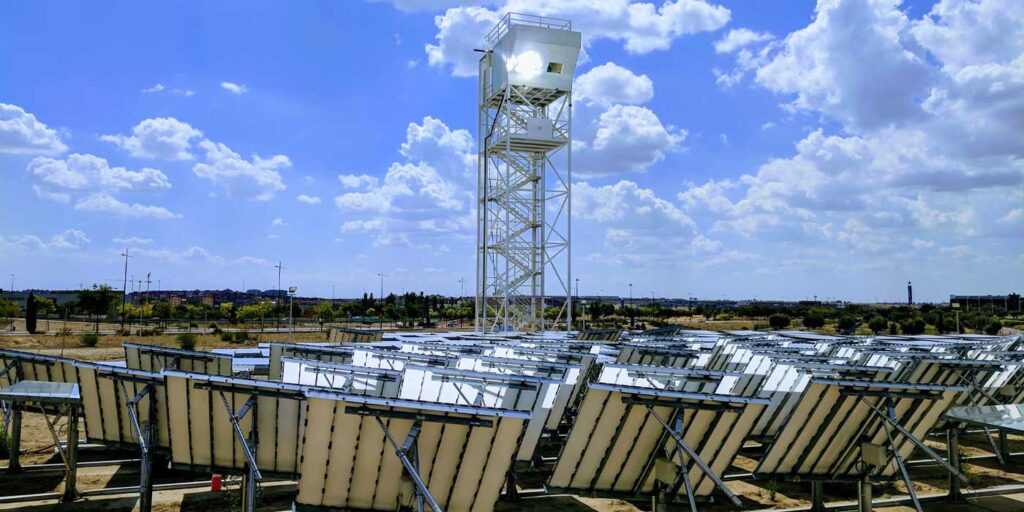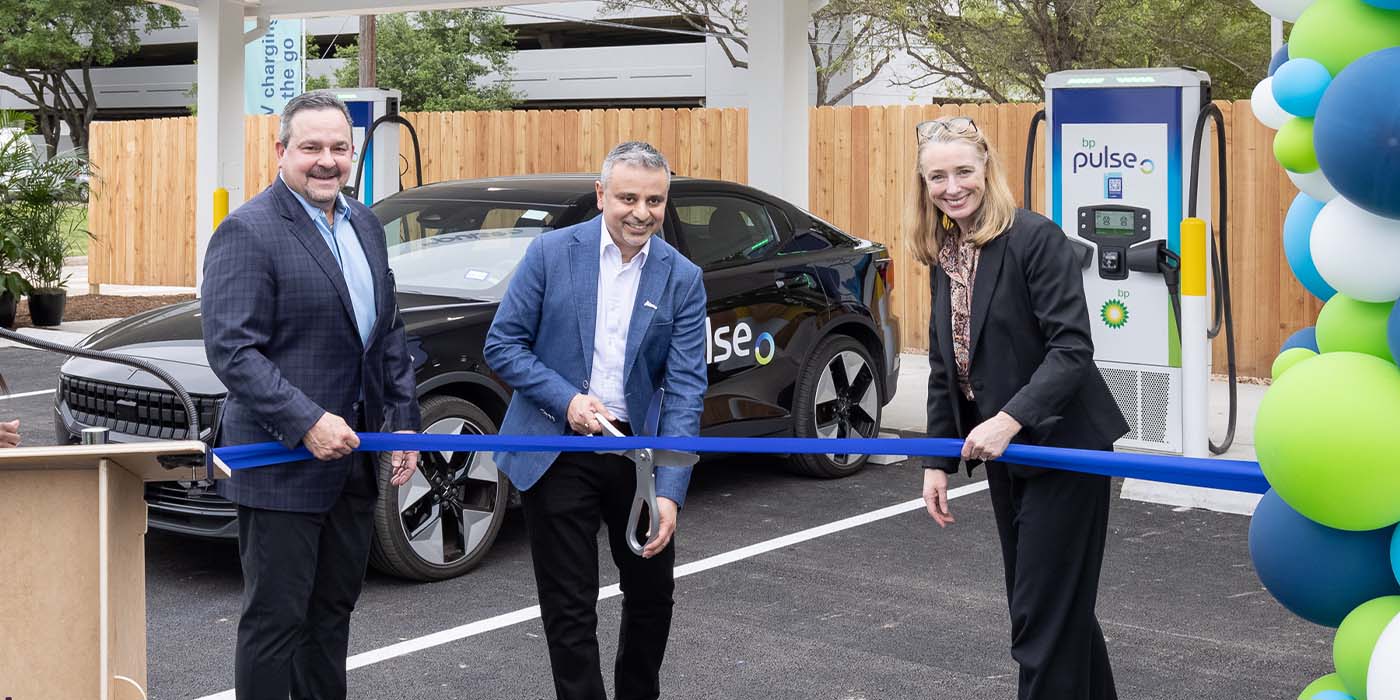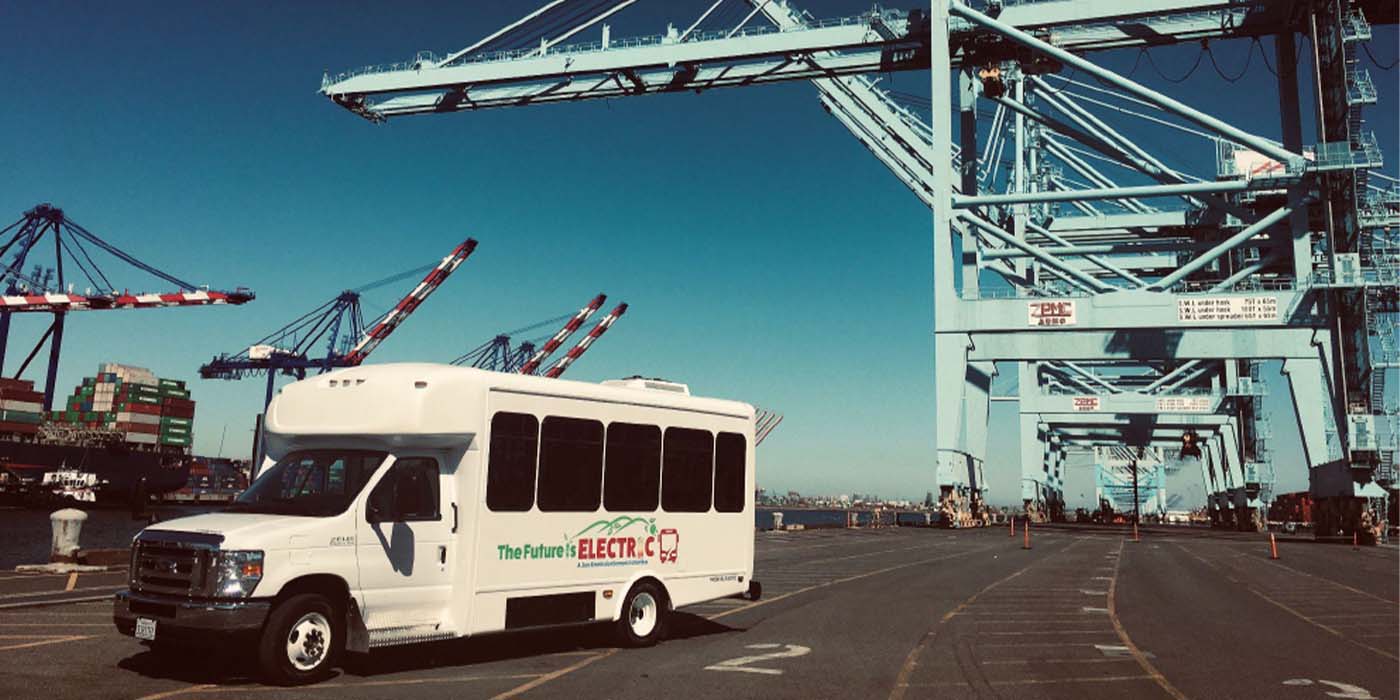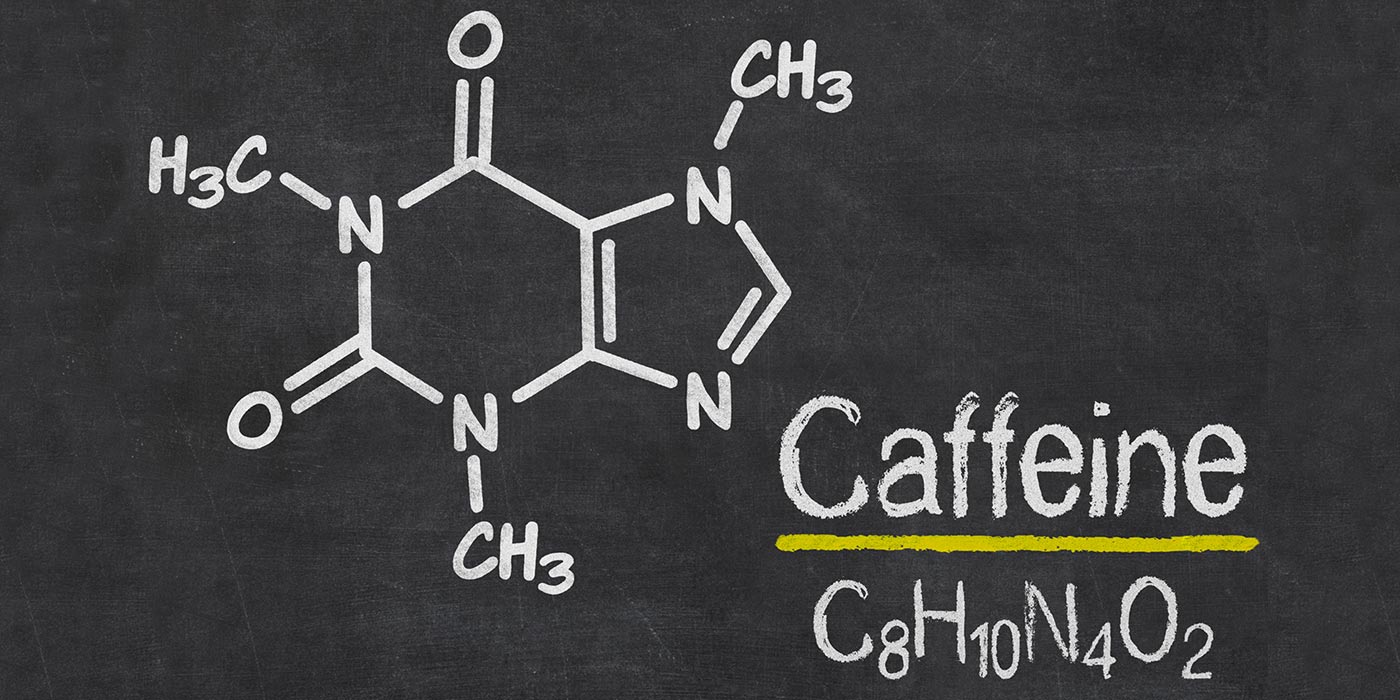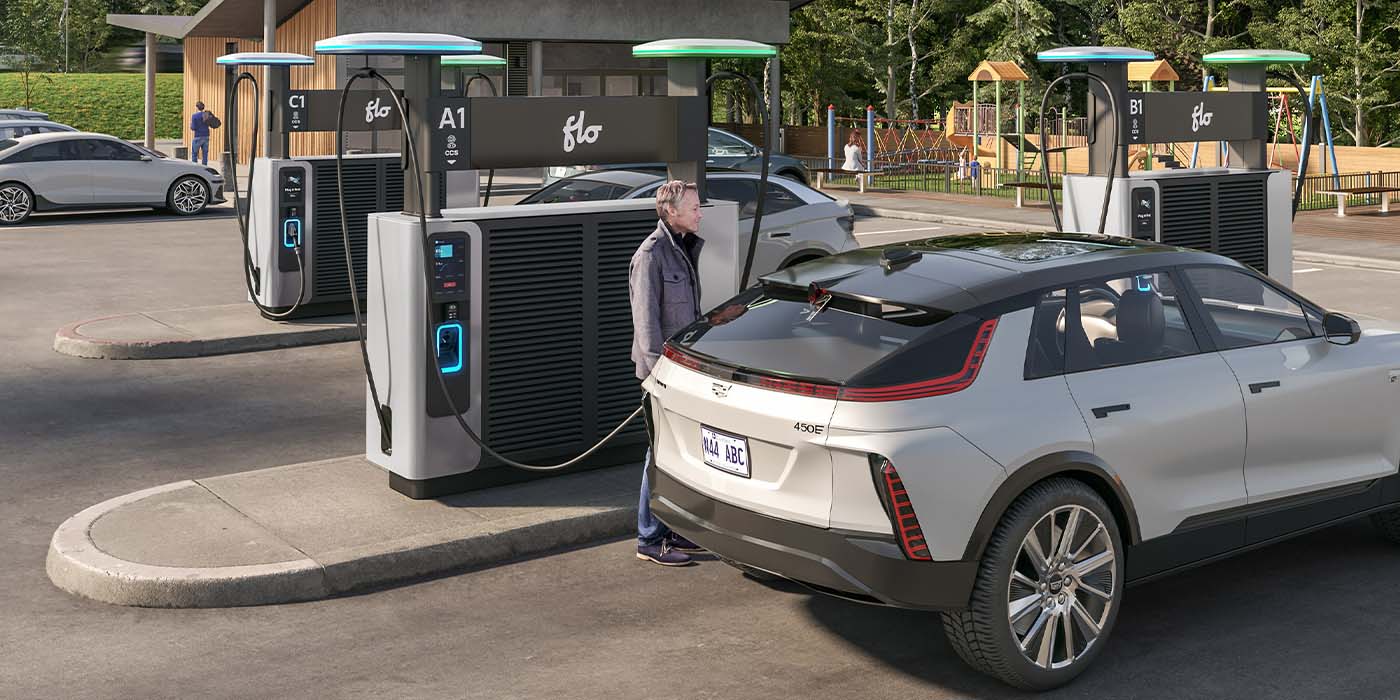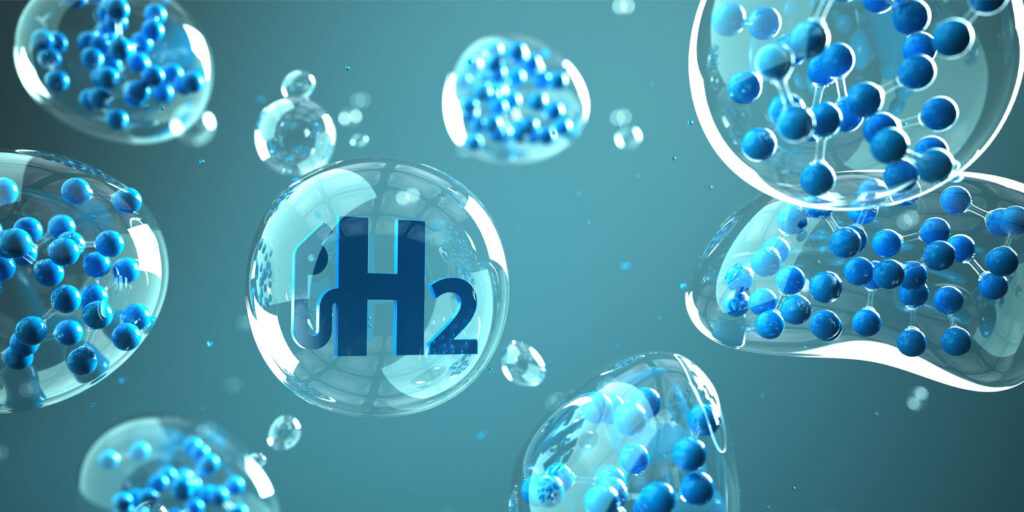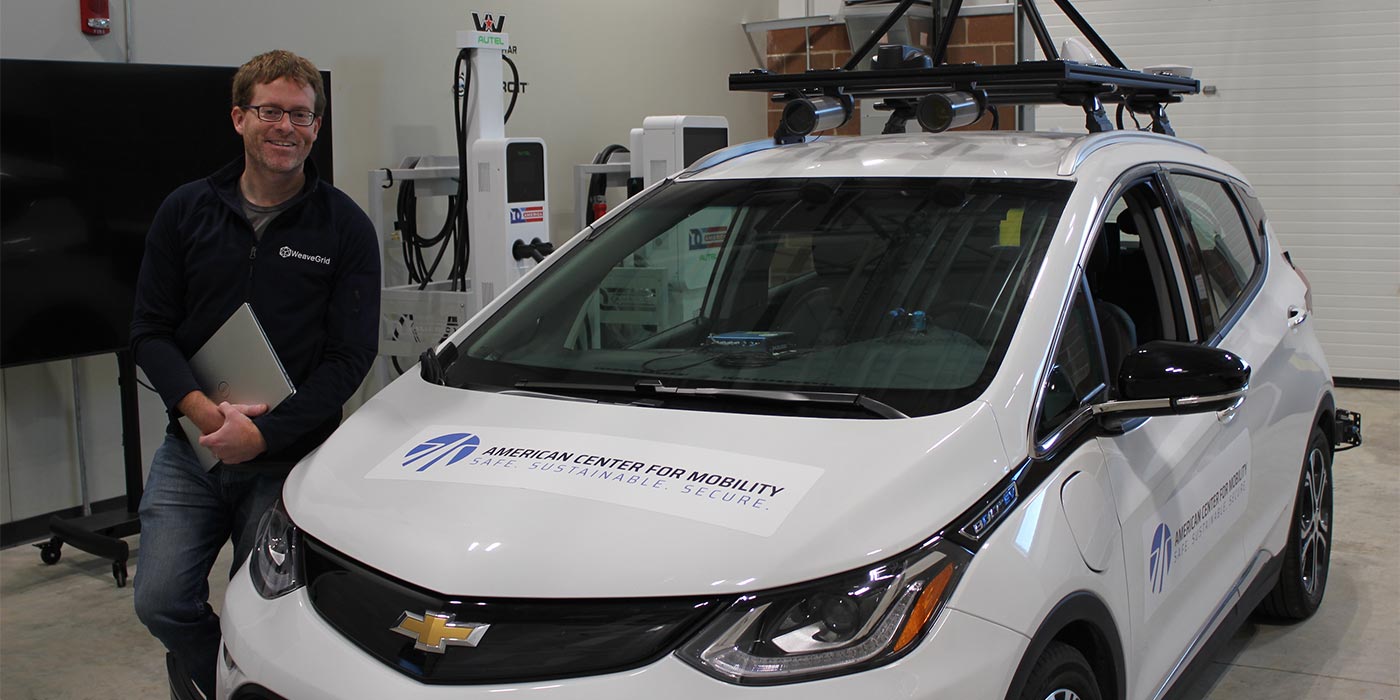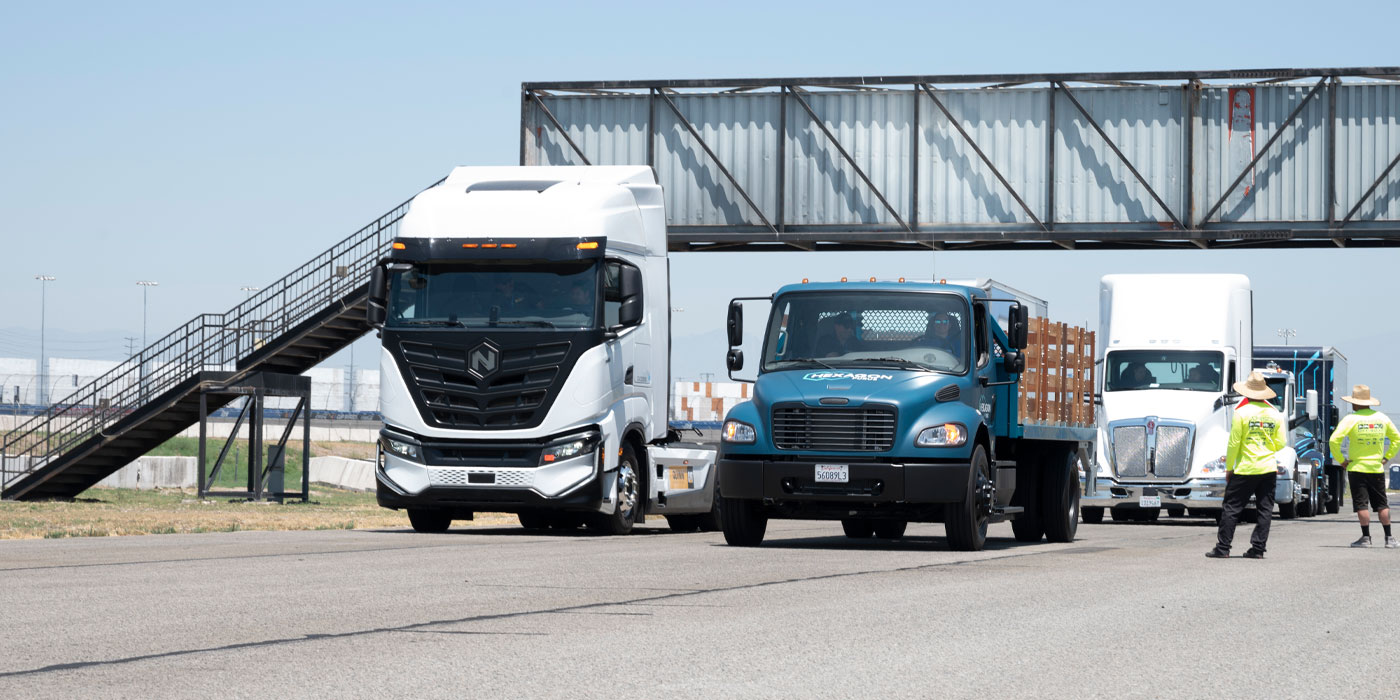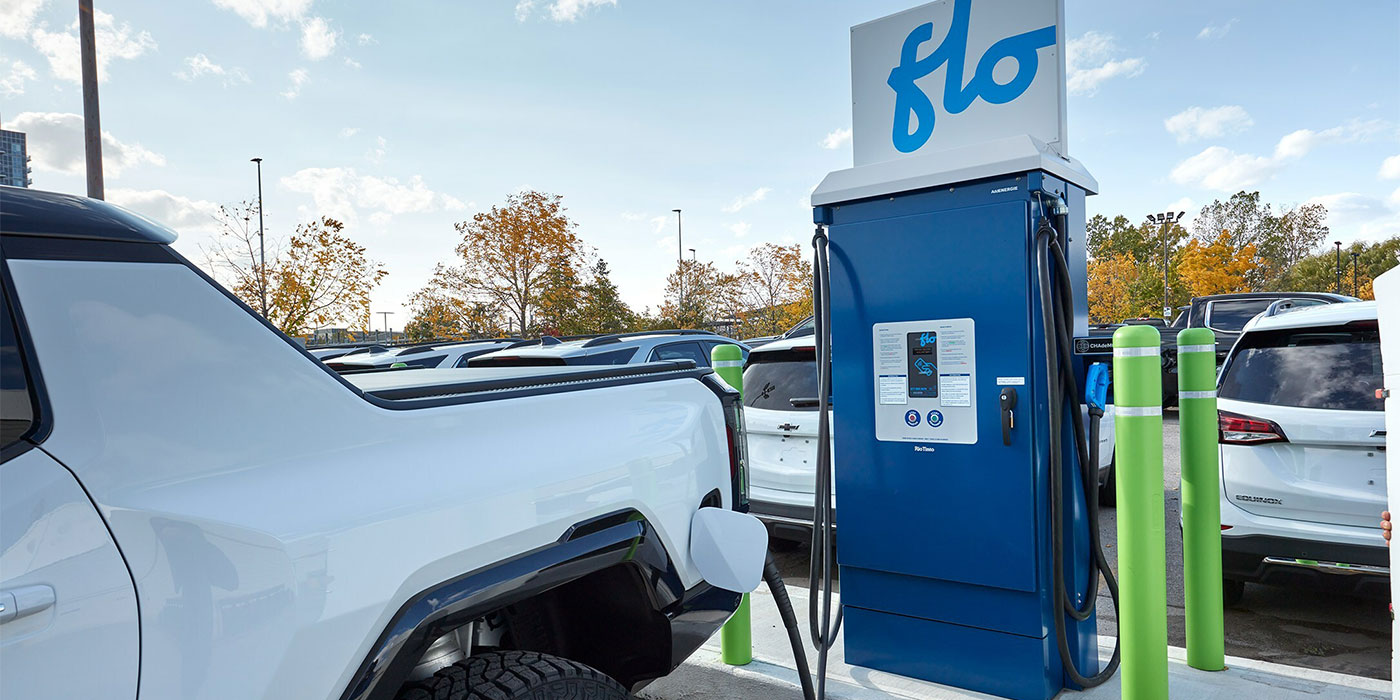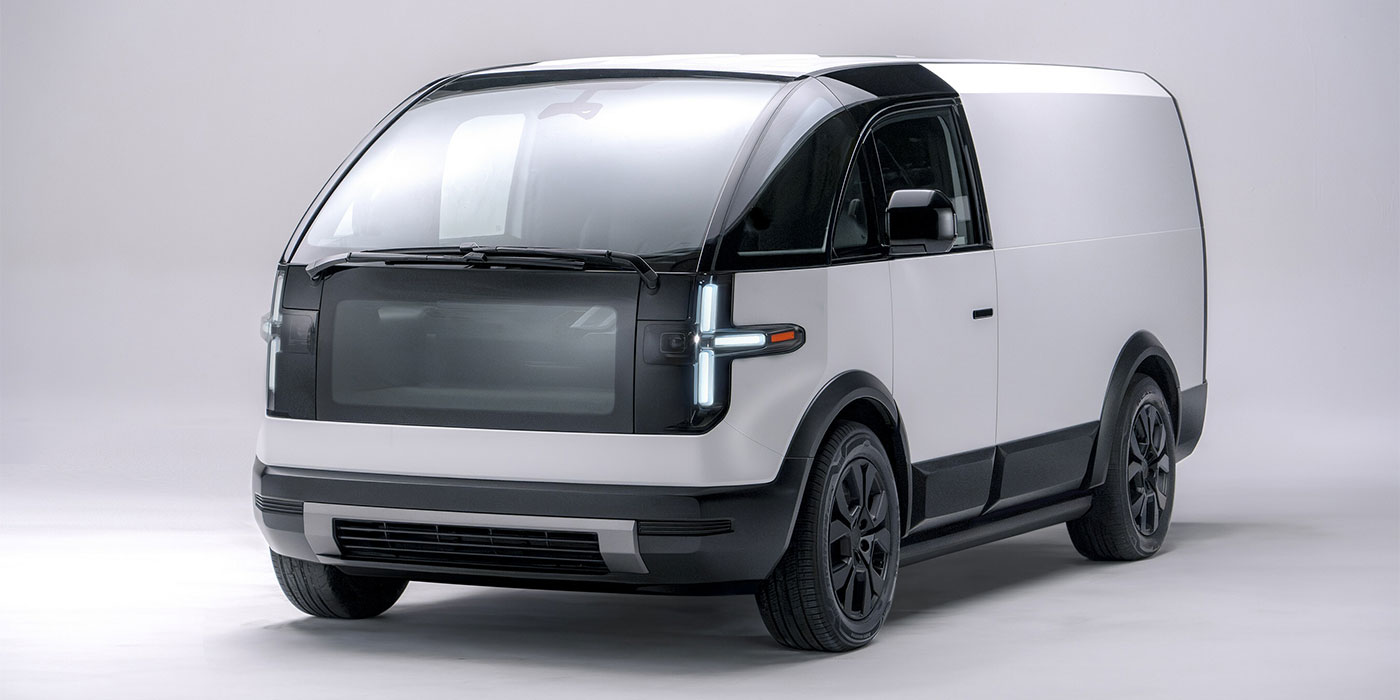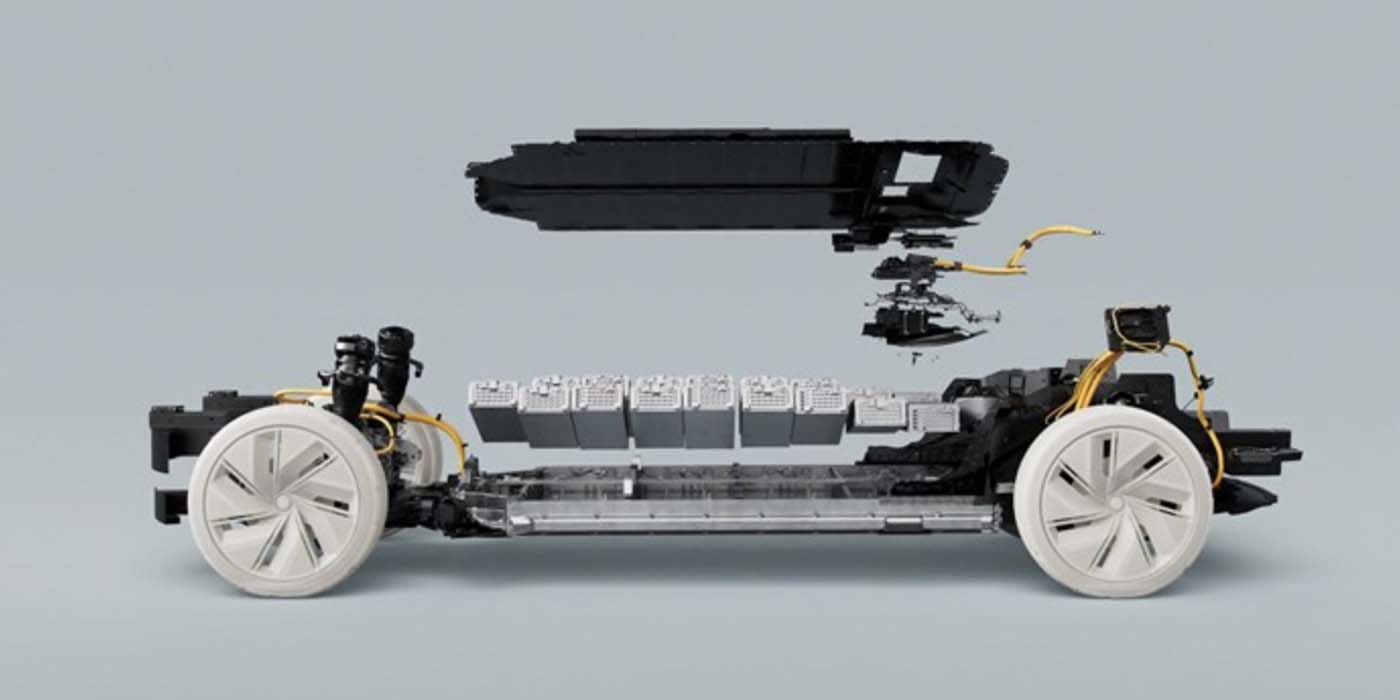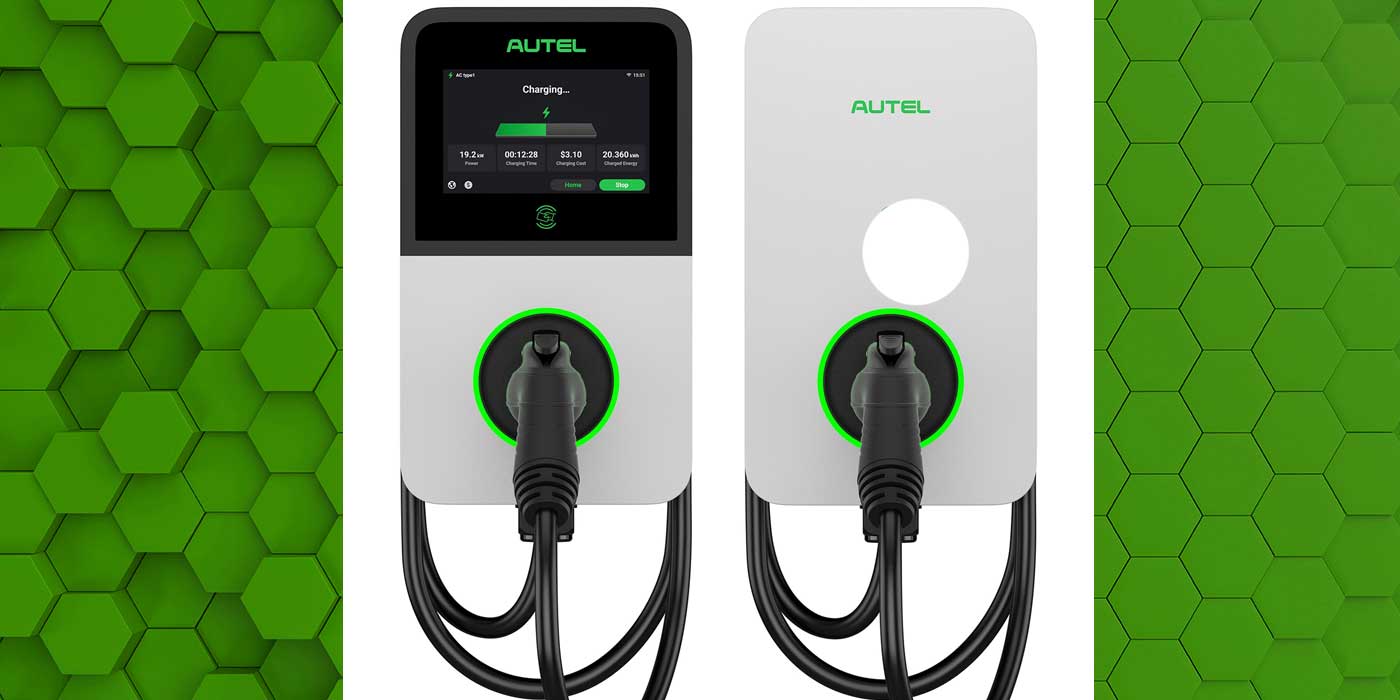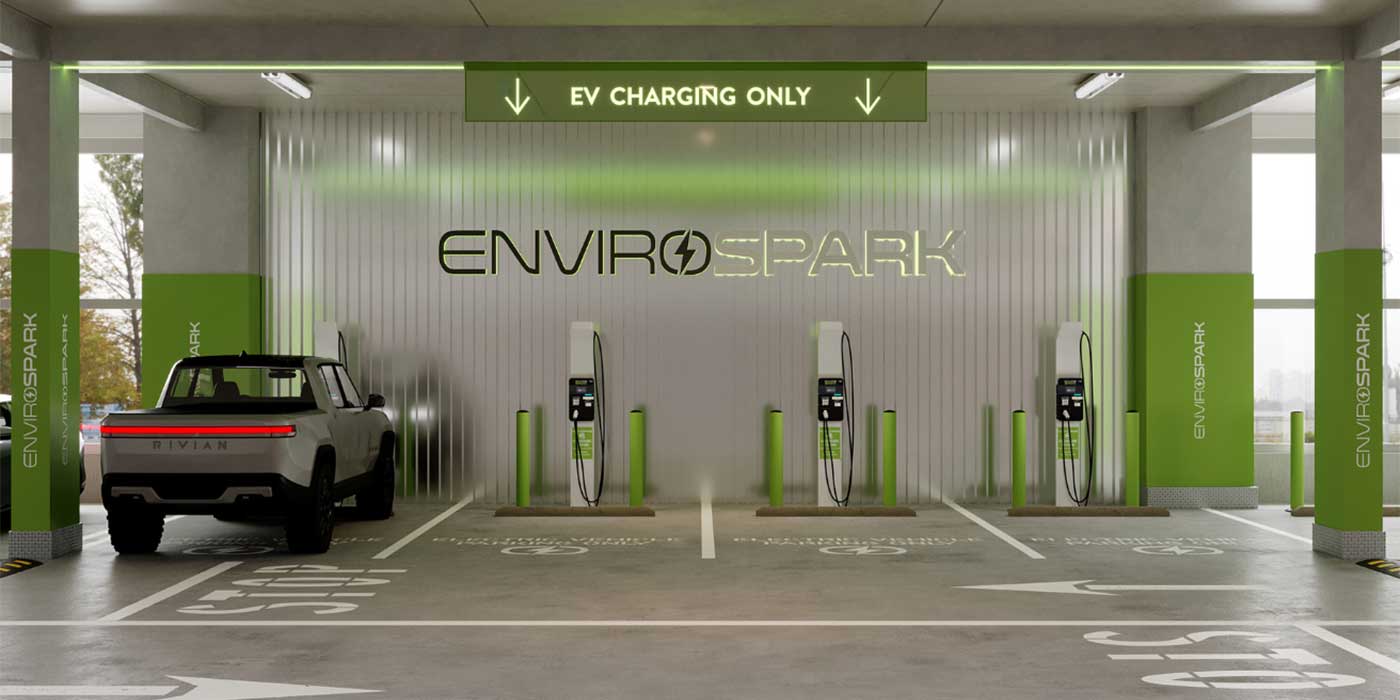Researchers have designed a fuel production system that uses water, carbon dioxide (CO2), and sunlight to produce aviation fuel. They have implemented the system in the field, and the design, published July 20 in the journal Joule, could help the aviation industry become carbon neutral.
The aviation sector is responsible for about 5% of global anthropogenic emissions causing climate change, and relies heavily on kerosene, or jet fuel, which is a liquid hydrocarbon fuel typically derived from crude oil. Currently, no clean alternative is available to power long-haul commercial flights at the global scale, the researchers say. Previous attempts to produce aviation fuels through the use of solar energy have mostly been performed in the laboratory.
As a part of the European Union’s SUN-to-LIQUID project, the researchers have developed a system that uses solar energy to produce drop-in fuels, which are synthetic alternatives to fossil-derived fuels such as kerosene and diesel. The solar-made kerosene is fully compatible with the existing aviation infrastructure for fuel storage, distribution and end use in jet engines, the researchers say, and it can also be blended with fossil-derived kerosene, he adds.
In 2017, the team started scaling up the design and built a solar fuel-production plant at IMDEA Energy Institute in Spain. The plant consists of 169 sun-tracking reflective panels that redirect and concentrate solar radiation into a solar reactor mounted on top of a tower. The concentrated solar energy then drives oxidation-reduction (redox) reaction cycles in the solar reactor, which contains a porous structure made of rare-earth metal ceria. The ceria – which is not consumed but can be used over and over – converts water and CO2 injected into the reactor into syngas, a tailored mixture of hydrogen and carbon monoxide. Subsequently, syngas is sent into a gas-to-liquid converter, where it is finally processed into liquid hydrocarbon fuels that include kerosene and diesel.
During a nine-day run of the plant reported in the paper, the solar reactor’s energy efficiency – the portion of solar energy input that is converted into the energy content of the syngas produced – was around 4%. The researchers say they are working on improving the design to increase the efficiency to values over 15%.

